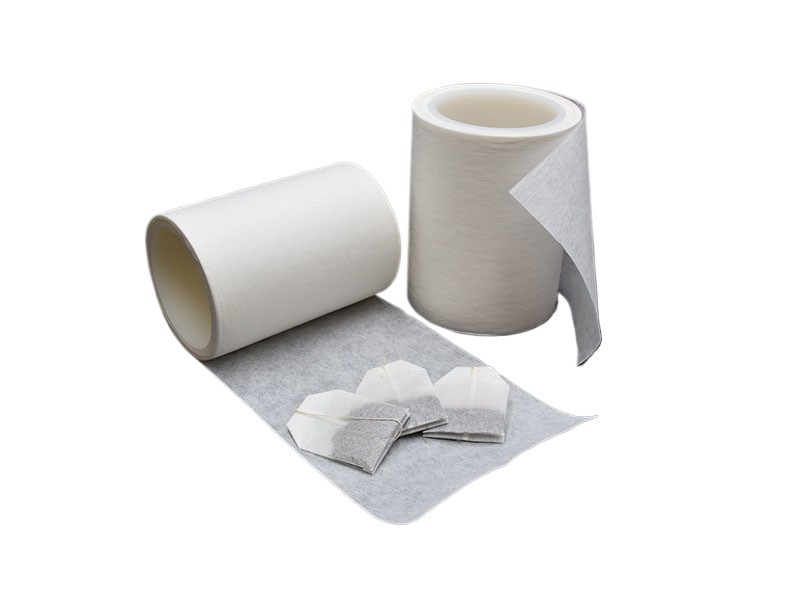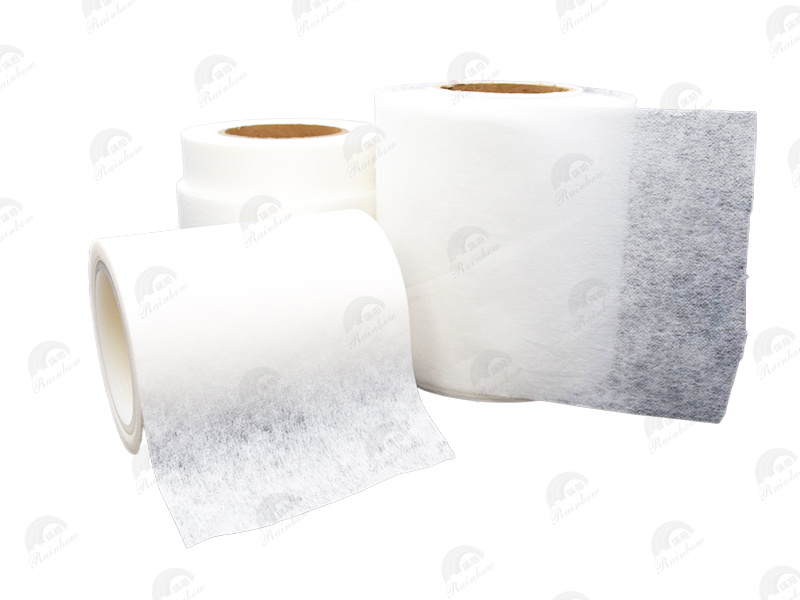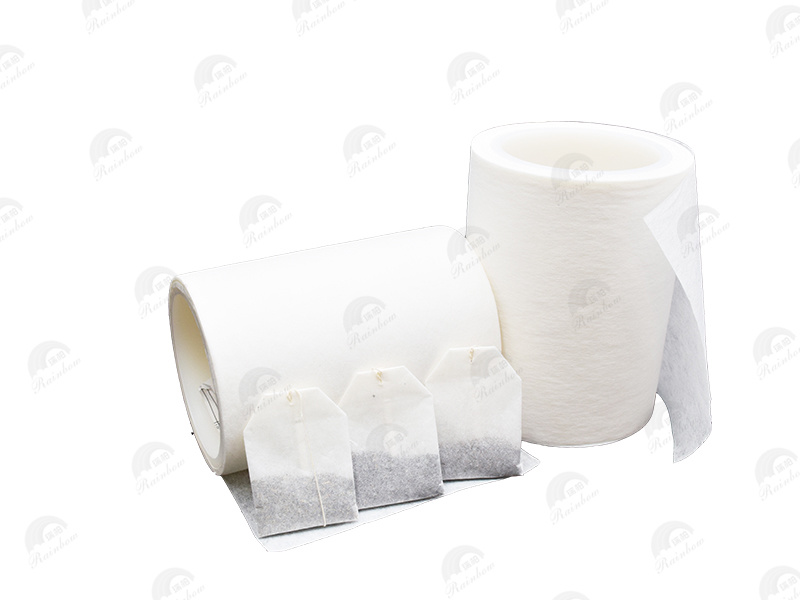Transform Your Shirt Designs with Lightweight Nonwoven Interlining
Release time:
2025-07-01
Transform Your Shirt Designs with Lightweight Nonwoven Interlining
In the ever-evolving world of fashion, the quest for perfection in garment construction is paramount. One of the critical elements that can significantly enhance the quality and aesthetic appeal of your shirts is the choice of interlining. Among the various options available, **lightweight nonwoven interlining** stands out as a game-changer. This article delves deep into how lightweight nonwoven interlining can transform your shirt designs, making them not only visually appealing but also structurally sound and comfortable to wear.
Table of Contents
- 1. Introduction to Nonwoven Interlining
- 2. The Advantages of Lightweight Nonwoven Interlining
- 3. Types of Lightweight Nonwoven Interlining
- 4. How to Choose the Right Interlining for Your Shirt Designs
- 5. Sewing Techniques for Using Nonwoven Interlining
- 6. Common Misconceptions about Nonwoven Interlining
- 7. Frequently Asked Questions
- 8. Conclusion
1. Introduction to Nonwoven Interlining
Nonwoven interlining is a fabric that does not undergo traditional weaving or knitting. Instead, it is created by bonding fibers through various methods such as heat, chemicals, or mechanical means. This innovative approach allows for a lightweight, durable product that has become increasingly popular in apparel manufacturing, particularly in shirt design.
2. The Advantages of Lightweight Nonwoven Interlining
Choosing the right interlining can significantly impact the final product's quality. Lightweight nonwoven interlining offers several advantages that can transform your shirt designs.
2.1 Enhanced Comfort
One of the foremost benefits of lightweight nonwoven interlining is its exceptional comfort. The lightweight nature of this interlining means that it adds minimal bulk to the garment, ensuring that shirts remain breathable and easy to wear. This is especially important in warmer climates where heavier interlinings can cause discomfort. By incorporating lightweight nonwoven interlining, designers can create shirts that feel as good as they look.
2.2 Structural Integrity
Lightweight nonwoven interlining also plays a critical role in maintaining the structural integrity of shirts. It provides necessary support to collars, cuffs, and plackets without compromising flexibility. This is a crucial factor in ensuring that shirts maintain their shape and do not sag or lose form after washing. The durability of nonwoven interlining also means that it can withstand regular wear and tear, making it an excellent choice for everyday shirts.
2.3 Versatility and Application
The versatility of lightweight nonwoven interlining cannot be overstated. It can be used in various shirt designs, from dress shirts to casual styles. Its adaptability allows designers to experiment with different fabrics and styles, ensuring that they can achieve the desired look and feel for any shirt design. Whether you are creating fitted shirts that require a crisp finish or relaxed styles that benefit from a softer drape, lightweight nonwoven interlining can accommodate a range of design aesthetics.
3. Types of Lightweight Nonwoven Interlining
Understanding the different types of lightweight nonwoven interlining available on the market is essential for making an informed choice about which one to use in your shirt designs.
3.1 Fusible vs. Non-Fusible
Interlining can be categorized into fusible and non-fusible varieties. **Fusible interlining** comes with an adhesive backing that allows it to bond directly to the fabric when heat is applied. This makes it ideal for shirts as it simplifies the construction process, ensuring that the interlining stays in place during wear and washing. **Non-fusible interlining**, on the other hand, requires sewing to attach it to the fabric. This type offers more flexibility and is often used in high-end garments where hand-sewn techniques are preferred.
3.2 Composition Materials
Lightweight nonwoven interlining can be made from various materials, including polyester, rayon, and cotton blends. Each material offers unique attributes, such as breathability, softness, and durability. When selecting interlining, it’s crucial to consider the fabric of the shirt and the intended use. For example, polyester blends are great for performance fabrics, while cotton blends may be preferable for more traditional shirt designs.
4. How to Choose the Right Interlining for Your Shirt Designs
Choosing the right interlining involves several considerations that can impact the overall quality and aesthetic of your shirt designs. Here are some key factors to keep in mind:
- Fabric Compatibility: Ensure that the interlining complements the main fabric of the shirt in terms of weight and drape.
- End Use: Consider the shirt's end use, whether it's for casual wear, formal occasions, or performance settings.
- Care Instructions: Choose interlining that matches the care instructions of the main fabric to avoid any washing or drying issues.
- Desired Finish: Decide on the finish you want for your shirt, as some interlinings provide a more structured look while others offer softness.
5. Sewing Techniques for Using Nonwoven Interlining
Integrating lightweight nonwoven interlining into your shirt designs requires specific sewing techniques to ensure a professional finish. Here are some tips to consider:
- Pre-Washing: Pre-wash both the interlining and the fabric to prevent any shrinkage issues after the shirt is completed.
- Pressing: Use a pressing cloth and moderate heat to adhere fusible interlining effectively. Avoid high temperatures that can damage the fabric.
- Stitching: For non-fusible interlining, make sure to use a secure stitching method, such as a straight stitch or zigzag stitch, to keep the interlining in place.
- Finishing Edges: Neatly finish the edges of the interlining to prevent fraying and ensure a clean look inside the garment.
6. Common Misconceptions about Nonwoven Interlining
Despite its many benefits, there are several misconceptions surrounding lightweight nonwoven interlining that can lead to confusion among designers:
- Interlining is only for formal shirts: In reality, nonwoven interlining can enhance casual shirts as well, providing structure and a polished appearance.
- All interlining is heavy: Lightweight options are available that do not add bulk, ensuring comfort and breathability.
- Nonwoven interlining is difficult to work with: With the right techniques, nonwoven interlining can be easy to handle and sew.
7. Frequently Asked Questions
What is the difference between woven and nonwoven interlining?
Woven interlining is made using traditional weaving methods, while nonwoven interlining is created by bonding fibers. Nonwoven options are typically lighter and provide different levels of support and flexibility.
Can I use nonwoven interlining for all types of fabrics?
While nonwoven interlining is versatile, it's essential to choose the right type based on the fabric. Lighter fabrics benefit from lightweight nonwoven options, while heavier fabrics may require a different approach.
Is nonwoven interlining suitable for wash-and-wear shirts?
Yes, many lightweight nonwoven interlinings are designed to withstand regular washing and provide durability, making them ideal for wash-and-wear shirts.
How do I care for shirts made with nonwoven interlining?
Generally, shirts with nonwoven interlining can be machine washed, but it's best to follow the care instructions specific to the fabric and interlining used to maintain quality.
Can I use lightweight nonwoven interlining in jackets or outerwear?
Yes, lightweight nonwoven interlining can also be used in jackets and outerwear, providing structure and insulation without adding unnecessary bulk.
8. Conclusion
In the competitive world of fashion and garment design, the choice of materials can make a significant difference in the quality and appeal of the final product. **Lightweight nonwoven interlining** stands out as an essential component in transforming shirt designs, providing enhanced comfort, structural integrity, and versatility. Whether you are designing casual wear or formal attire, understanding how to effectively incorporate this interlining can lead to garments that not only look great but also feel fantastic to wear. As we continue to innovate in fabric technology, lightweight nonwoven interlining remains a reliable choice for designers aiming to elevate their creations.
Lightweight Nonwoven Interlining for Shirts
Previous Page
Previous Page
Latest News
Nantong Rainbow Technology Co., Ltd.
Telephone:+86-13587673537
E-mail:chrislc717@163.com
Address: Group 42, Xizansi Village, Xiting Town, Tongzhou District, Nantong City, Jiangsu Province

Copyright©2024 Nantong Rainbow Technology Co., Ltd. | Powered by www.300.cn
Copyright©2024 Nantong Rainbow Technology Co., Ltd.
Powered by www.300.cn





